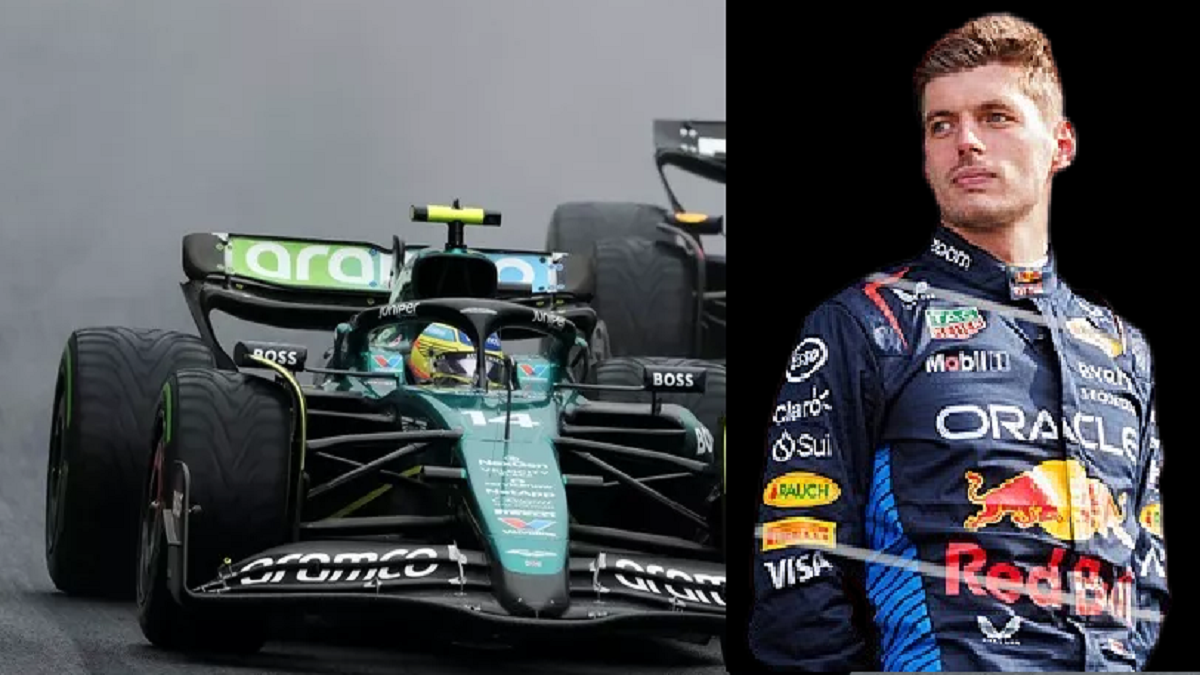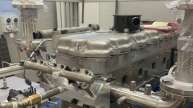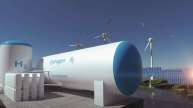As per news reports it has become apparent that the new F1 season could go through another bout of hard porpoising. As per recent reports it has been specifically put forth by FIA that it would reduce the tolerance of the front wing flexibility by around 33%.
New Concerns
The FIA had previously confirmed that they would be adjusting the new Technical directive no 18, as per FIA this move has been put forth to level out performance in between the different teams. As per Auto Racer this could lead to huge risk in developing major interventions on the new floors. Due to the new issues it has become apparent that the teams would have to take counter measures to increase the floor clearance to help the vehicles adjust to the new changes. But this can possibly slow down the cars.
The Unique Challenge With Porpoising
Porpoising is a feature that is not predictable in the wind tunnel or any other tools that can simulate wind flow. Track data becomes a pre-requisite to combat the problem or even analyze efficiently. Beyond the issues of Porpoising the front wing flexibility has some benefits as well, as it has been able to increase the performance in slow and progressively long corners.
Worry For The Smaller Teams
The technicians would have to source more downforce to keep up with the rivals, while limiting the chances of Porpoising. The changes can possibly lead to a more stiffer front end, and hence the whole chassis would have to be modulated to adhere with the stiffer front end and be able to provide more downforce without proposing.
How Bigger Teams Would Modulate
Bigger teams would be able to easily modulate and bring new changes to the overall suspension and chassis of the car to compensate for the losses that the front wing limitations would cause.
Such varied adaptability can cause increasing gap in between different teams specially in the second half of the season. The new wing design can also possibly bring bigger teams closer to the older teams or the opposite can happen as well.












